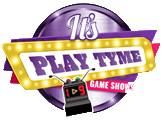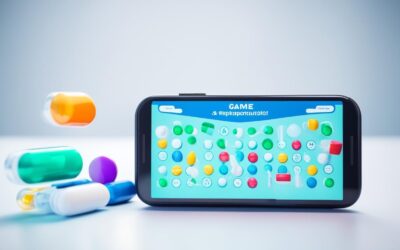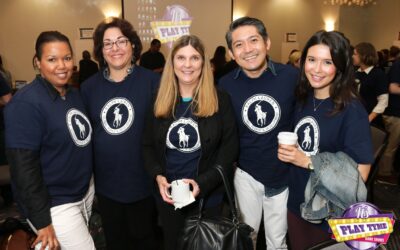Employee disengagement costs U.S. companies about $550 billion each year. For pharmaceutical firms, this means finding new solutions is urgent and essential. Gamification in the pharma sector can help by encouraging employees to learn more and boosts their job interest.
One effective method is the Play, Reflect, and Grow approach. It’s proven successful in improving job satisfaction and lowering the number of people leaving their jobs.
This method can totally change how teams learn at work. It makes the learning environment more dynamic, meeting employees’ needs better. This boosts work output and happiness.
Key Takeaways
- Employee disengagement costs U.S. companies about $550 billion each year.
- Gamification in pharma fosters a dynamic pharmaceutical learning culture.
- Utilizing gamified training strategies leads to higher job satisfaction.
- Innovative platforms significantly decrease employee attrition rates.
- Gamification boosts employee morale and overall productivity.
Introduction to Gamification in Pharma
Right now, gamification is using psychology to change how things are done, even in pharma. It brings in elements like points, rewards, and leaderboards.
This makes patients more involved, learning more fun, and marketing better.
Defining Gamification and Its Importance
Gamification means adding game-like features to make people more active. In the pharma world, it’s helping both employees and patients. It makes learning exciting and encourages teamwork. This approach is cool because it makes boring tasks fun, boosting productivity and joy.
Why Pharmaceutical Companies Should Embrace Gamification
Pharma firms use gamification to be better than their rivals. It helps with teaching staff and keeping them interested. Plus, in marketing, it makes engaging with patients more effective. This leads to better health habits and sticking to treatments.
Think about apps that remind users to take their meds and let them see how well they’re doing. It turns something boring into a fun game. And, it keeps people on track with their health plans.
At the end of the day, gamification is a big deal in pharma. It makes learning and marketing better, which helps everyone involved. It’s not just a fad; if used the right way, it can make a real difference.
Key Challenges Faced by Pharmaceutical Companies
Pharmaceutical companies have many hurdles to their success. They need to engage employees and stay within strict rules. Solving these issues needs smart strategies.
Low Employee Engagement
Low employee engagement is a big worry. The nature of pharmaceutical work can be tough and tiresome. Using gamification best practices for pharmaceutical companies can spark interest and make learning fun.
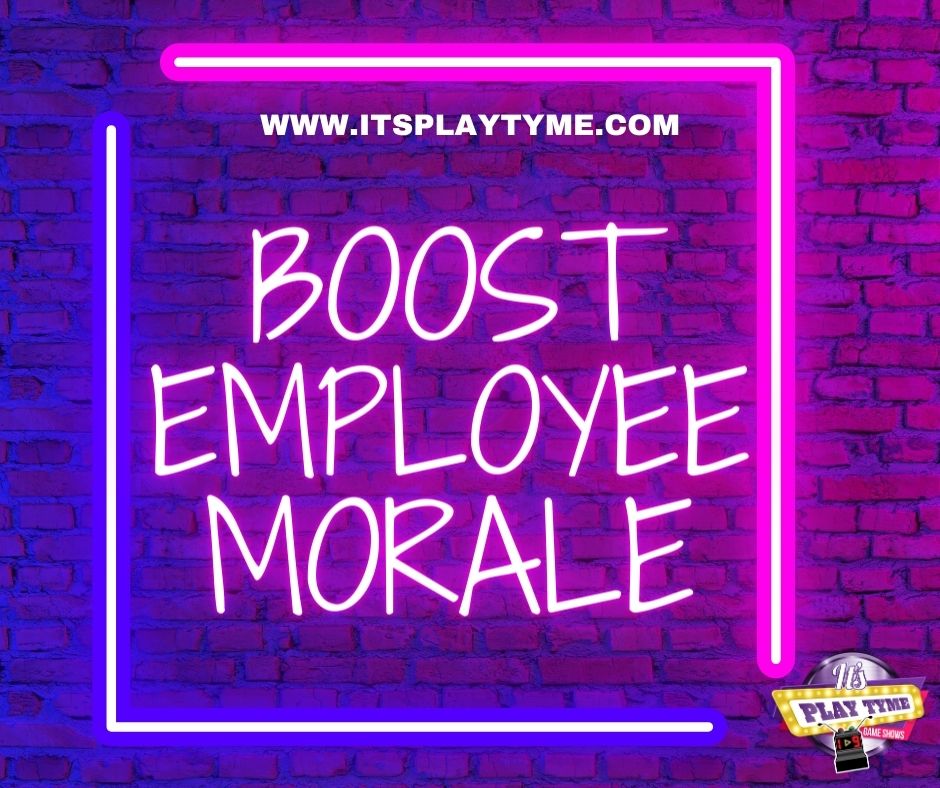
boost-staff-morale
Regulatory Compliance and Complex Training Needs
Regulatory compliance is tough, especially with complex training to handle. Gamification makes this training simpler and more engaging. With medication adherence gamification, employees are more likely to follow rules.
Maintaining Company Culture in Hybrid Work Environments
Hybrid work environments make keeping culture together harder. Gamification helps link people in remote work. It makes employees share the company’s values and goals.
Using gamification best practices for pharmaceutical companies tackles these big issues. It leads to a better working environment and more compliant workers.
How Gamification Can Address These Challenges
Gamification is a powerful tool for pharmaceutical companies. It tackles big challenges by using motivation from within. By Motivating Behavior Change with Games, companies can fix employee engagement, meet rules, and keep a strong culture in hybrid jobs.
“The integration of game-like elements such as rewards, competition, and narrative has the power to transform the workplace,” says industry expert Jane Smith.
Gamification boosts employee interest in training and in following rules. With Pharma Loyalty Programs with Games, employees feel they’re achieving something important. This makes them stick to the company’s rules.
Gamification not only improves learning but also changes the workplace into a more fun and active place. These methods fill in learning gaps. They also make the work more meaningful and include everyone.
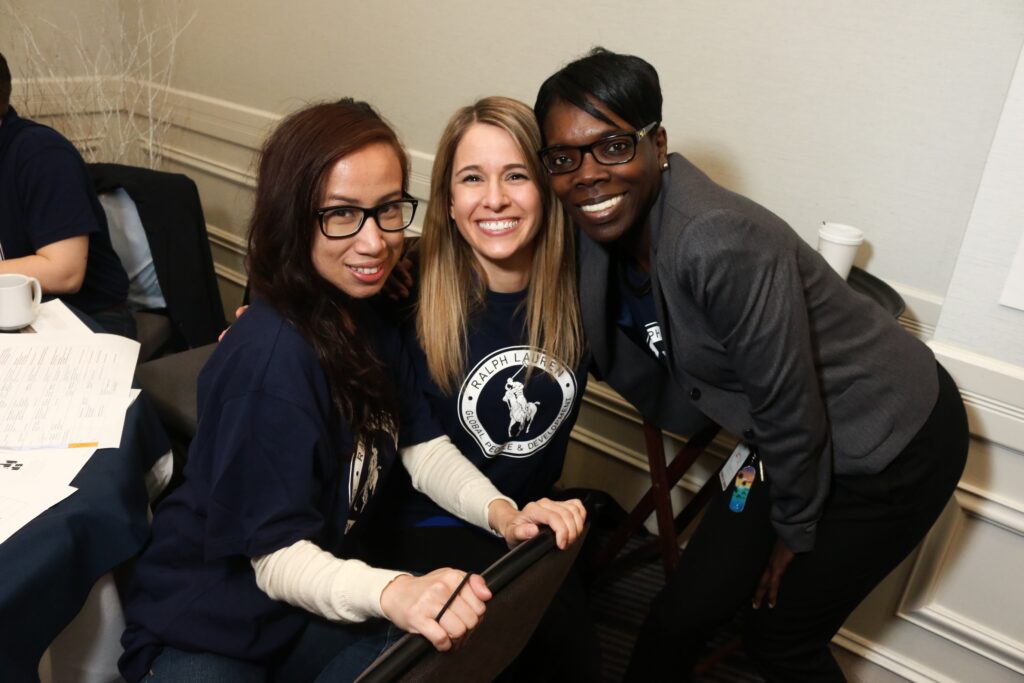
Team Camarderie – events to boost morale
| Training Aspect | Traditional Methods | Gamified Methods |
|---|---|---|
| Employee Engagement | Low | High |
| Regulatory Compliance | Challenging | Simplified with Interactive Elements |
| Knowledge Retention | Moderate | Significantly Improved |
Gamification clearly improves how employees are trained and how they follow rules. With Motivating Behavior Change with Games and Pharma Loyalty Programs with Games, companies can make their workplace better and more fun.
Best Practices for Implementing Gamification in Pharma
Implementing gamification in pharma needs a smart plan to work well. It starts with clear goals, uses fun game elements, and needs feedback. This makes learning fun and effective.
Identifying Specific Training and Engagement Goals
Setting specific goals for training and engaging people is key. Understand what your team and patients need. Then make clear objectives and align gamified activities with these goals. This ensures the strategy really helps.
Incorporating Interactive and Personalized Game Elements
Using interactive game elements makes learning better. Immersive patient education games and interactive tools make learning fit each person’s needs. This makes the learning personal and memorable. It also helps people remember information better.
Ensuring Regular Feedback and Progress Tracking
Getting feedback and tracking progress is crucial. It helps make the gamification better over time. Feedback from users can improve the training as you go. Tracking progress with data helps you see what works best. This way, the learning gets more personal and effective.
Gamification Best Practices for Pharmaceutical Companies
Gamification is key for pharmaceutical companies to improve learning and participation. It uses psychological ideas, involves everyone, and uses new tech. This helps teams and patients engage better.
Leveraging Psychological Principles for Effective Learning
Adding psychological methods to gamification helps people learn better. It looks at what really motivates us. Challenges should match these motivations to keep people involved. Giving out rewards and increasing challenges makes info stick more.
Creating Inclusive and Collaborative Learning Environments
To be successful, gamification needs an open and team-focused setting. Engaging patients this way meets various learning styles, creating collaboration and support. Group tasks and feedback from peers also boost the learning journey.
Utilizing AI and Advanced Analytics for Personalized Learning
AI and analytics have changed the game for gamification. They tailor learning to meet specific needs of staff and patients. This tech helps track progress and adjusts learning, keeping it engaging and fresh.
Case Study: Successful Gamification in a Leading Pharmaceutical Firm
This case study looks at how a big pharmaceutical company used gamification. It shows that new, fun ideas can fix big issues and hit goals.
Challenges and Objectives
Companies in this field often struggle with employee interest, hard rules to follow, and sticking together as a team. The main goal was to get people more involved and work better together.
The Gamified Solution
The company teamed up with a tech-savvy health solution group. They brought in multiplayer games, AI tech, and deep learning. This mix not only spiced up the training but also brought the team closer.
Outcomes and Key Metrics
After using gamification, employees stuck around more and were more into their work. The data showed a clear jump in how long people stayed and their interest. These numbers prove that gamifying works great for pharma companies. And, it really pays off, showing great benefits for the company.
| Key Metrics | Before Gamification | After Gamification |
|---|---|---|
| Employee Retention | 70% | 90% |
| Employee Engagement | 60% | 85% |
Got Engagement Games? – Press Play! #boostmorale #learnandplay
![]()
Book a live game show experience today!
Contact us for further details.
For Immediate assistance by text – 917-670-4689
No deposit required. 5 Star Google Reviews.
We plan and facilitate all activities.
Key Components of a Successful Gamification Strategy
In the pharmaceutical industry, a successful gamification strategy is built on several key elements. These components make sure that the gamified efforts meet your training and marketing goals. They also boost engagement and adherence to rules.
1 – Game Dynamics and Mechanics
Focus on strong game dynamics and mechanics for the best gamification outcomes. Using systems like points, levels, leaderboards, and rewards boosts motivation. Clear rules and instant feedback also help make learning fun and engaging.
2 – Content Relevancy and Regulatory Compliance
Maintaining content relevance and following the rules are essential. The pharma sector must always comply with rules to avoid serious issues. So, all game content should align closely with these standards, improving learning and rule adherence.
3 – User-Centric Design
Designing with the user in mind makes gamification more powerful. Adapting learning to what employees or patients need increases interest and memory. Creating games that are easy to use for everyone is crucial.
| Key Component | Description |
|---|---|
| Game Dynamics and Mechanics | Utilizing points, levels, and rewards to enhance motivation and engagement. |
| Content Relevancy and Regulatory Compliance | Aligning gamified content with industry standards to ensure compliance and relevancy. |
| User-Centric Design | Creating a personalized and accessible experience tailored to user needs. |
By focusing on these components, you can effectively use gamification in pharma marketing. This approach improves engagement while ensuring that your pharma training adheres to rules and standards.
Technology and Tools for Gamified Learning in Pharma
Gamified learning in pharma has evolved thanks to new technologies like AI and advanced analytics. These tools help customize learning experiences based on what each person likes. This makes learning more engaging and training programs more efficient.
AI in gamified learning creates personal learning paths with data insights for each employee. AI makes sure the learning always fits the person’s needs. It creates a learning world that changes and gets better over time.
Advanced Analytics in Pharma are key for checking how learning is going and changing game strategies. By looking at how users interact with the training, pharma companies can make their programs better, meeting what their teams need. This method makes sure goals are hit right and that learning gets better all the time.
| Technology | Application | Impact |
|---|---|---|
| Artificial Intelligence in Gamified Learning | Personalized learning paths, adaptive content | Enhanced engagement and effectiveness |
| Advanced Analytics in Pharma | Measurement of learning outcomes, data-driven optimizations | Data-driven strategy improvements, precise objective alignment |
Thanks to these techs, eLearning firms have brought in new gamification ways in pharma. This tech-focused method makes training not just better but also helps pharma companies change quickly to what their workers need in learning.
For pharmaceutical companies to stay ahead, incorporating AI and advanced analytics into their gamified learning strategies is no longer an option – it is a necessity.
Engaging Patients Through Gamification
The pharmaceutical industry is using games to keep patients more involved. These new game techniques help patients stick to their medication schedules. Patients learn more about their illnesses and stay excited about their treatments.
Gamified Solutions for Medication Adherence
Medication adherence is getting a makeover through games. These games give rewards for taking medicines regularly and making progress. They help patients stay healthy and might save money in the long run.
Immersive Patient Education Games
Games are not just for fun; they teach patients about their health too. These educational games make learning about treatments and lifestyle changes fun and memorable. They make health info easy to understand and remember.
Behavior Change and Patient Motivation
Games can actually change how patients behave by keeping them interested. These games use strategies that keep patients wanting to play. Now, patients love these game-linked loyalty programs for the motivation they provide.
Gamification for Clinical Trials: Improving Recruitment and Retention
Gamification is changing how we look at Clinical Trials Recruitment and Patient Retention in Clinical Studies. It makes joining a trial fun and motivating. By adding game elements, companies make it feel like a task worth doing. This gets more people to join and stay involved.
When trials are like games, people stick with them more. Gamification adds rewards and challenges to the process. It overcomes the usual problems of keeping people engaged in trials. This boost in involvement has a big effect on Patient Retention in Clinical Studies. It makes them feel like they’re moving forward.
Below is a comparison table showcasing the effectiveness of gamification in clinical trials:
| Indicator | Traditional Approach | Gamified Approach |
|---|---|---|
| Recruitment Rate | Moderate | High |
| Patient Engagement | Low | High |
| Retention Rate | Average | Excellent |
| Completion Rate | Below Average | High |
The table clearly shows what we gain from gamification. It really improves how we recruit and keep patients in Clinical Trials Recruitment and Patient Retention in Clinical Studies. Continuing to use gamification will make clinical trials work better. In the end, this makes healthcare better for everyone.
Measuring the ROI of Gamification in the Pharmaceutical Industry
Measuring the return on investment (ROI) of gamification in the pharmaceutical sector is key. It helps show if it’s working well and keeps people interested. This approach looks at specific measures (KPIs). With these, companies can see the real advantages of using gamified methods. This makes them more likely to stick with new ways of learning and interaction.
Key Performance Indicators to Track
Checking the success of gamification means paying attention to certain KPIs. These KPIs tell us how well gamification affects workers and patients. Things like how many employees stay, how well patients follow treatments, and how quickly training is finished are important. Better numbers here show that gamification helps create a more involved and productive workforce. This is crucial for staying ahead in the pharma world.
Examples of ROI Metrics from Successful Implementations
Many pharma companies have seen good results from gamification. They’ve seen more staff stay and more patients follow through with treatments. This has led to better work and less cost for training. By checking these ROI numbers often, we can see the real benefits of using gamification. It shows this method really adds value and keeps improving how people learn and care for patients.
FAQ – Why Gamification is important to Pharmeceutical Companies

frequently asked questions
What is gamification and why is it important for pharmaceutical companies?
Gamification uses game-like features in real-life settings to make things more engaging. It’s key for pharma because it makes employees more interested, boosts learning speed, and makes talking with patients better. This way, it keeps up with how we now learn and share info.
Why should pharmaceutical companies embrace gamification?
They should use it to fight not being interested in work, hard work rules, and keeping a company’s spirit alive, even when folks work from different places. Gamification improves how everyone learns, talks, and works together.
What are the key challenges faced by pharmaceutical companies that gamification can address?
The top issues are getting people to like their work, following many rules, needing tricky training, and keeping everyone feeling like they work together, even if they’re apart. Gamification makes learning more fun and helps keep to the rules better.
How does gamification motivate behavior change?
It uses fun prizes, friendly competition, and stories to get people excited to change how they do things. These make learning and trying new stuff fun and help to keep people interested.
What are the best practices for implementing gamification in the pharmaceutical industry?
You should start by picking clear goals for learning and keeping folks interested. Then, add fun and personal game parts. Always check how people are doing and use what we know about the mind to help folks learn better.
What role does AI and advanced analytics play in gamified learning?
They make learning feel made just for you by checking your data and choosing the best stuff for you. This way, learning fits you better and helps you learn more.
Can you provide a case study example of successful gamification in a pharmaceutical firm?
A top pharma firm used a cool mix of multiplayer games, AI, and deep learning to improve how their team worked together. They saw big jumps in how happy folks were to stay and work there, and they made money from it.
What are the key components of a successful gamification strategy?
Good game plans, info that matters and follows rules, making things about the players, and using tech to make learning and sharing info just right.
How does gamification enhance patient engagement?
Gaming makes learning about health fun and helps folks take their medicine right and change bad habits. These fun ways help patients do better with their treatments.
What are the benefits of gamification in clinical trials?
By adding game features to trials, it’s more fun, so people stay and help out more. This makes trials better and keeps those who are helping happy about being there.
How can pharmaceutical companies measure the ROI of gamification?
Look at how many stay on the job, how people stick to their treatments, and how fast everyone learns and works. Good gamification can really boost these numbers, showing it’s worth the money.
